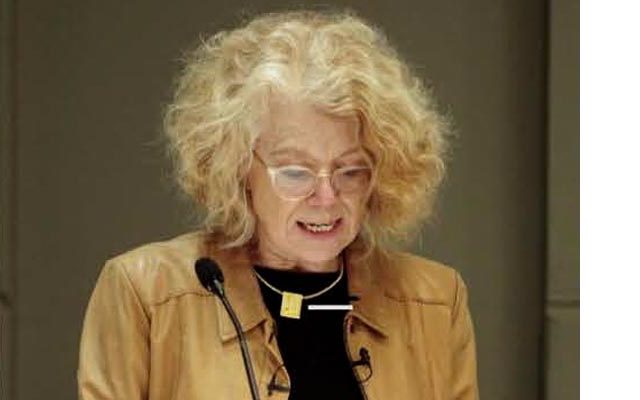
Date/Time
Thursday, March 16, 2023
5:30 pm PDT – 6:30 pm PDT
Location
Dodd Hall 275
315 Portola Pl, UCLA Campus
–Joanna Woodall (Courtauld Institute of Art, University of London)
Event co-sponsored by UCLA Department of Art History and the UCLA Center for 17th- & 18th-Century Studies.
Made possible by Edward W. Carter Program Funds for European Art
Joanna Woodall is Professor Emerita at the Courtauld Institute of Art, University of London. She has specialised in Netherlandish visual culture during the age of European global expansion. Her most recent publication is the edited volume Money Matters in European Artworks and Literature (Amsterdam University Press 2022). She is a member of the editorial boards of the Journal of Historians of Netherlandish Art and the Oxford Art Journal. Her lecture for UCLA is work-in-progress from her current research project, “Contemplating the Unspeakable in 17th-Century Netherlandish Art.”
This lecture is concerned with an extraordinary oil painting by the elite but little-known Dutch artist Christiaen van Couwenbergh (1604–1667). After emerging onto the European art market in 1970, the picture found a home in the Musée des Beaux-Arts in Strasbourg, France, bearing the title Le Rapt de la Négresse. Apart from its date of 1632 and the monogram of the artist, nothing is known about it. The subject is mysterious and disturbing: a naked woman of African heritage resists a sexual assault by two young, white European men, in the presence of another man. Long ignored, today the painting is regarded by many viewers as an example of overt and vicious racism, amplified by violence against a woman who has nothing. Following the worldwide “Black Lives Matter” protests of 2020, it has been consigned to the storeroom of the Strasbourg Museum, in part to avoid causing offense. There are no plans to exhibit it; some might wonder whether a work like this should be destroyed. Yet the circulation of images of the painting on the internet means that it remains symbolically powerful and alive, provoking interest and critical responses, including works by contemporary artists.
The lecture explores the role and responsibilities of art historians when faced with a work of art such as this one. Does ignoring its offensiveness by confining it to a museum storeroom risk cutting off the past from the present? And yet, does understanding the historical circumstances in which it came into existence and its initial reception involve relativizing and explaining away the awfulness of the subject matter? Or can art history connect an historical past in which a picture such as this one was acceptable, to some people at least, with a present that is beginning to expose and challenge structural misogyny and racism?

